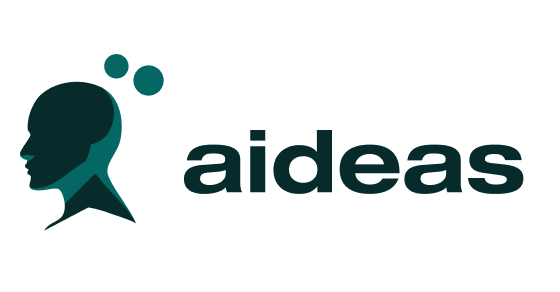It’s easy to get caught up in the tech, the funding rounds, and the growth metrics. But at Aideas, from day one, we knew that success wouldn’t be measured solely by revenue or reach. It would also be measured by impact—specifically, how we could use our platform to make life better for people who are often overlooked by traditional innovation.
AI is powerful. But if it only serves the privileged few, what’s the point?
This post explores how Aideas is working to ensure that the benefits of AI are distributed more equitably—supporting veterans, individuals with disabilities, and underserved communities—and why ethical responsibility must be central to any AI company’s mission.
The Social Responsibility of AI Companies
AI isn’t neutral. The data it learns from, the people it serves, and the systems it interacts with are all shaped by human choices. That gives AI companies a profound responsibility: to build with awareness, intentionality, and inclusivity.
We’ve seen what happens when that responsibility is ignored—algorithmic bias, surveillance overreach, and tech that reinforces inequality. That’s not the future we’re building toward.
At Aideas, our core belief is that AI should lift people up, not leave them behind. That means:
- Designing tools that are usable by everyone, regardless of technical background
- Respecting data privacy and agency, especially for vulnerable populations
- Prioritizing applications that deliver meaningful, measurable outcomes—not just efficiency for the already well-resourced
Real-World Applications of AI for Impact
We’ve had the privilege of working with organizations that serve on the frontlines of community needs. Here are a few ways Aideas-powered agents are already driving impact:
Supporting Veterans and Individuals with Disabilities
Through our partnerships with service organizations and nonprofits, Aideas agents help connect veterans to benefits, support networks, and job opportunities. For individuals with disabilities, our agents can assist with scheduling, resource navigation, and even act as adaptive interfaces to improve digital accessibility.
These aren’t just technical tools—they’re bridges to independence, dignity, and opportunity.


Empowering Underserved Communities
In collaboration with Palmetto Goodwill, we deployed AI agents to assist job seekers in underserved areas—providing resume support, interview coaching, and job matching services 24/7. This reduced barriers to employment and allowed Goodwill staff to focus on personalized support where it mattered most.
We’re also working with tribal communities and NGOs to bring intelligent assistance to areas that have historically been disconnected from digital infrastructure and AI-enabled services.

Preventing Violence with Ethical AI Monitoring
In partnership with an NGO supporting law enforcement and government agencies, we’ve built agents that monitor harmful language across public and dark web platforms—flagging threats while maintaining a strong ethical framework around privacy and civil liberties. The goal is prevention, not punishment—saving lives without sacrificing rights.
How Businesses Can Incorporate Ethical AI
We often hear from other founders and leaders: How can we make sure we’re using AI ethically too?
Here’s what we’ve learned:
- Start with the right questions. Who benefits from this technology? Who could be harmed? What biases might exist in the data?
- Build with—not just for—communities. Co-design with real users, especially those from underrepresented groups.
- Stay transparent. Make your models, decisions, and data practices clear. Empower users to understand and challenge AI outputs.
- Partner with mission-aligned organizations. Just like we did, collaborate with groups already doing the work on the ground.
Ethical AI isn’t a checklist—it’s a mindset. And when it becomes part of your culture, innovation and inclusion go hand in hand.
Final Thoughts
Technology should serve humanity—not the other way around.
At Aideas, we’re proud of our platform, but even prouder of what people are doing with it: breaking down barriers, building connections, and giving voice to those who’ve too often been left out of the digital future.
AI for good isn’t a side project—it’s the main event. And we’re just getting started.

